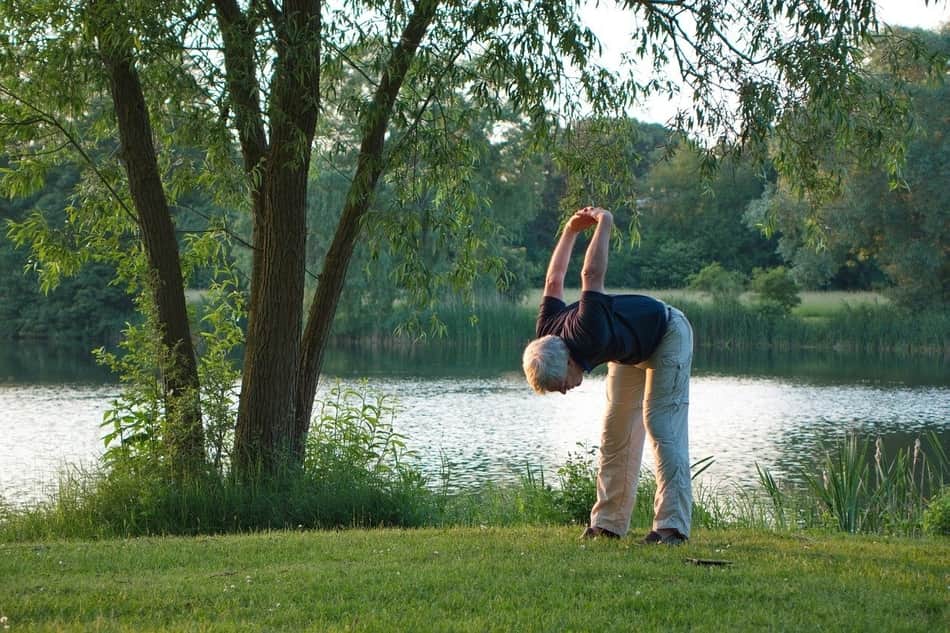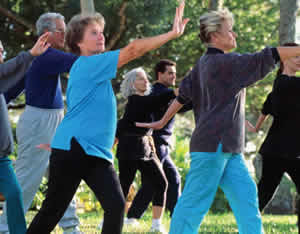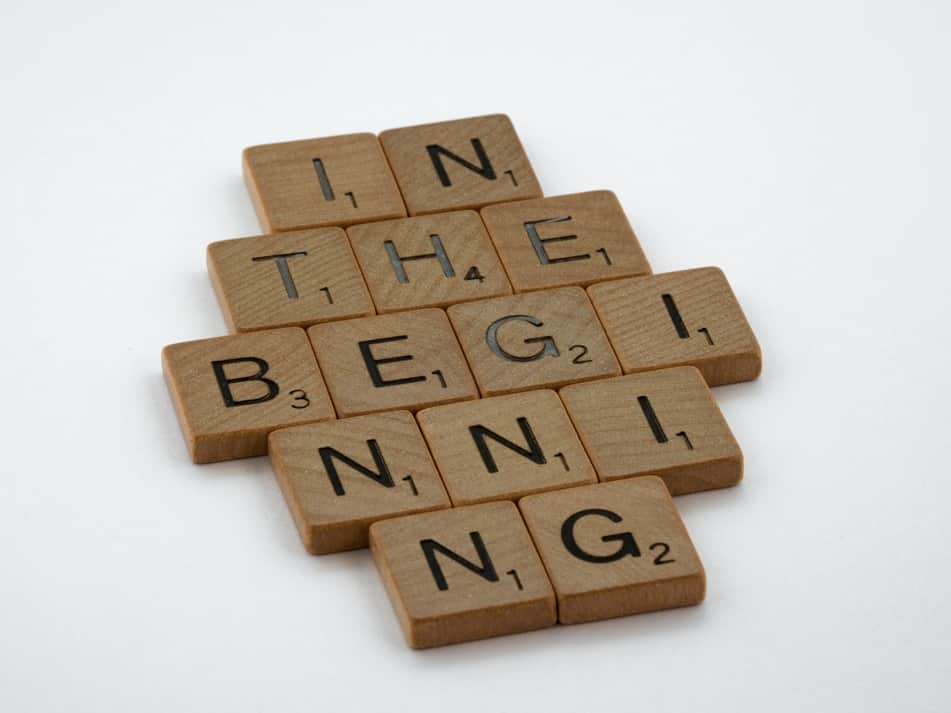Through this website and from students in class I find myself answering questions about tai chi for beginners that fall into two camps: “I have a question about…” and “Why didn’t someone tell me early on that…” When you put them all together, there are basically six things that a person needs to know to get the most out of the tai chi they are learning. Yes, tai chi can be complex. On the other hand, you only need a tiny bit of knowledge up front to ensure that your practice is heading in the right direction.
As a whole, tai chi for beginners should include information on what to wear and bring to class, stretching, breathing, walking exercises, practice for individual moves, and of course the routine. Having this basic information up front leads to greater progress down the line.
This is an overview on what you need to know immediately. For some of the tips below, we have published whole articles on the subject and provided links for you to dive in a bit further. This article is also for teachers because I have found that sharing this information with students reduces how long it takes to learn tai chi and increases student retention.
What to Wear and What to Bring to Tai Chi Class
Let’s start with the easy question. Tai chi does not require a heavy investment in uniforms or gear. It might be a year in before you make an investment into a sword or other weapon but that isn’t even that expensive.
- What to wear to tai chi: For your clothes, just make sure it is comfortable and you can bend down without tearing something! Classes often sell t-shirts as their uniform which can be fun. If you are looking for something to wear, here are some great inexpensive options put together by men and women practitioners.
- Do you need special shoes: This is really important because western gym shoes can cause you to lean forward and are designed not to slip which can irritate your knees. Start tai chi with whatever shoes you have. When you decide to stick with the class, look into getting your favorite brands that don’t have a higher heel.
- Your water serves two purposes: It seems like a no-brainer to bring water to a workout right? Most people show up empty handed thinking tai chi class is a walk in the park. You need water to rehydrate but tai chi is also using spiraling movements which purposely wring out your muscles so that toxins and stress can be moved out and excrete through sweat and urine. You want to refill on fresh water!
- Record notes or video: Your phone is a great way to film yourself right after you learned a series of movements so that you can look back when you are practicing between classes. Is it embarrassing? Yes, but you can delete. This is the one tip for tai chi for beginners that I have seen help students progress the fastest.

Warm-up Tai Chi Exercises for Beginners Are Different
If you have done a Western sport, the way you warm up is very different than tai chi. The goal here is to circle all the joints a number of times to increase the temperature of the joint to release synovial fluid. The picture above is very western. We don’t lock joints or hold our breath when stretching in tai chi. Don’t be tempted to skip the warm-ups and try not to arrive late. If you group does not have a routine I wrote down ours in a warm-up essay.
All the good feelings and health improvements you want from tai chi start with the warm up exercises. Secondly, your form will look a lot better and you will move correctly if you start by getting the body moving with correct circular motion.
The next two topics I am going to cover could easily be considered more advanced material. However, I want to mention these so you don’t have to relearn something later and so that you don’t stress out about something that seems complex.
Beginner Basics for Tai Chi Breathing
Tai chi breathing for beginners is simple. Just don’t overthink it. What you want to focus on, if at all, is lengthening your breath. Just breath deep into the belly and not only into the lungs. If you get to the point where you are comfortable breathing deeply every time you do the form, that is a huge victory.
After you learn the form, you can add more details like breathing but even then it is not too complicated. Tai chi breathing for beginners should just be relaxed, slow, and deep. If you are ready to think about the breathing during the form, here are 9 guidelines for focusing on your breath.
Mastering Tai Chi Walking as a Beginner
Tai chi walking for beginners is just walking right? I don’t want to complicate things while you are learning the form. But, if I tell you about how the walking is different in tai chi, it may stop you from having to correct something later.
Basically, don’t rotate you foot if there is weight on it. Let me try to give you an example. Step forward with your right foot, shift your weight back, turn your right toe out, shift your weight forward onto your right foot, then step forward with the left. In order to turn, we are pulling our weight off of the foot, turning the toe out, and then moving forward. Most schools have practice drills just for walking which are very instructive.
How to Learn the Tai Chi Moves for Beginners

The moves of tai chi are so complicated! That’s pretty true and we don’t want to change that. Tai chi is teaching us how to move our body in a very healthy way. But, that doesn’t mean that the learning has to be complicated. Basic tai chi moves for beginners are just like the more complex moves but with some of the intricate parts removed. Here are some pointers:
- Think only about the cardinal directions. E.g. North, West, South, Southeast… Are you facing the right direction?
- Think only about your arms and legs. Is the correct arm up or down? Is the correct foot forward?
- Learn only 1-3 moves at a time. Think of the form as something you build. Memorize three moves, then add the fourth. After four moves are easy, add the 5th.
I do not suggest that you learn beginner tai chi postures that are not related to the tai chi form. It will be very difficult to try to tie them together later on. I have never met a student who was successful learning a form that way. Avoid anyone talking about “top ten tai chi moves for beginners” or things like that. What are they going to do with them?
Tai Chi Routine for Beginners That are Shorter or Less Complex
Every tai chi family has developed a short form. If you are struggling to learn the long form you are not alone. All of us do or did struggle. Maybe 24 moves is fine for you. I wrote about the differences between the long form and short form so that you can make up your own mind. But it is in no way a cop-out. Most people who learned the long form started with the short form so why not take an intermediate step?
What you want to avoid is finding a simplified routine that totally sucks the tai chi out of it. Even 8 move forms and 13 move forms that are great tai chi are better than a 24 move form that has lost the essence of tai chi. And this doesn’t mean that a beginner’s routine is less effective. Take this study which compared beginners and regular practitioners and found improvements in heart rate, cortisol and mood for both groups. A proper tai chi routine for beginners makes things easier to remember but does not make sacrifices like bad posture, short breaths, or restricted movements.
Share this with your class, classmates, and teachers if you are feeling overwhelmed by the amount of information that is coming at you when you are a tai chi beginner. I can guarantee that your teacher wants to know that you are feeling that way so he or she can make some changes and you keep practicing.
If you are searching for a tai chi class, here are 6 questions to ask to make sure you get the right class for you. And, what the path looks like from beginner to practitioner.


